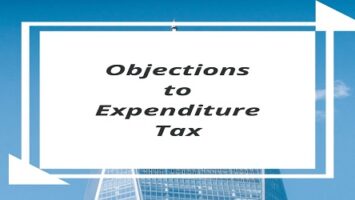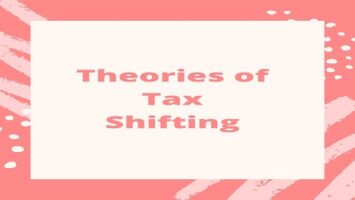Situation of Economic Stability:
The Keynes theory of employment rests on a simple proposition, one man’s expenditure is another man’s income. Expenditure may be incurred upon the purchase of consumption goods or to purchase goods and services which are used for further production of wealth, i.e., labor, erection of factories, production of steel, cement, and power, construction of canals and railways, etc. It means that expenditure may be incurred upon the purchase of consumption goods and investment goods. The total expenditure of the individual on consumption goods and investment goods is referred to as aggregate demand. Thus, the term aggregate demand refers to the total volume of purchases that consumers and investors are willing to undertake. It is, thus obvious that there are two components of aggregate demand- consumption demand and investment demand = C + I. It is the toat expenditure.
Again, this expenditure is the income of someone else. Income earned by individual by producing consumer goods and investment goods is referred to as aggregate supply. Thus, Aggregate Supply Curve represents the money income that the individuals receive from the sale of output = Y. This is the money income that is expended on consumption goods and investment goods.
Income earned by producing consumer goods or investment goods may either be spent in full on consumption, or a part of it may be saved which means not spent. If the whole of the income is spent, it results in a corresponding income for someone else; and if everyone else is also spending the whole of his income, the circuit of income and expenditure remains constant. It is a situation of full employment. It is a situation when aggregate demand is equal to aggregate income or aggregate supply. It is a situation where the aggregate demand price is equal to the aggregate supply price. Total expenditure = total income. It is the point where the aggregate demand curve cuts the aggregate supply curve. This is the point of effective demand. It is a situation of full employment or what we call a situation of income stability (where S = I).
It should, however, be noted that at various levels of income, there are corresponding levels of demand but levels of demand are not effective, only that level of demand is effective which is fully met with the corresponding supply. It is the point of equilibrium, full employment, or economic stability. As such effective demand (expenditure on consumption and investment goods) equals national income.
Thus, Effective Demand = National Income (Y) = Value of National Output = Total Expenditure = [Expenditure on Consumption Goods (C) + Expenditure on Investment Goods (I)].
| Therefore, Ed = Y = C + I |
Hence, it is the effective demand, which determines employment at a particular time.
In Keynesian economics savings always tend to equal investment. Y = (total income) = C + I. Where C represents income from consumption goods and I income from investment goods. Income may either be consumed or saved, so Y = C + S, where C stands for income devoted to consumption and S relates to the income saved.
| Thus, Y = C + I ……….(1) Y = C + S ……….(2) From equations (1) and (2) C + I = C + S I = S (Full employment) |
It is obvious that investment is equal to savings. This is the condition of economic stability or full employment.









Comments (No)